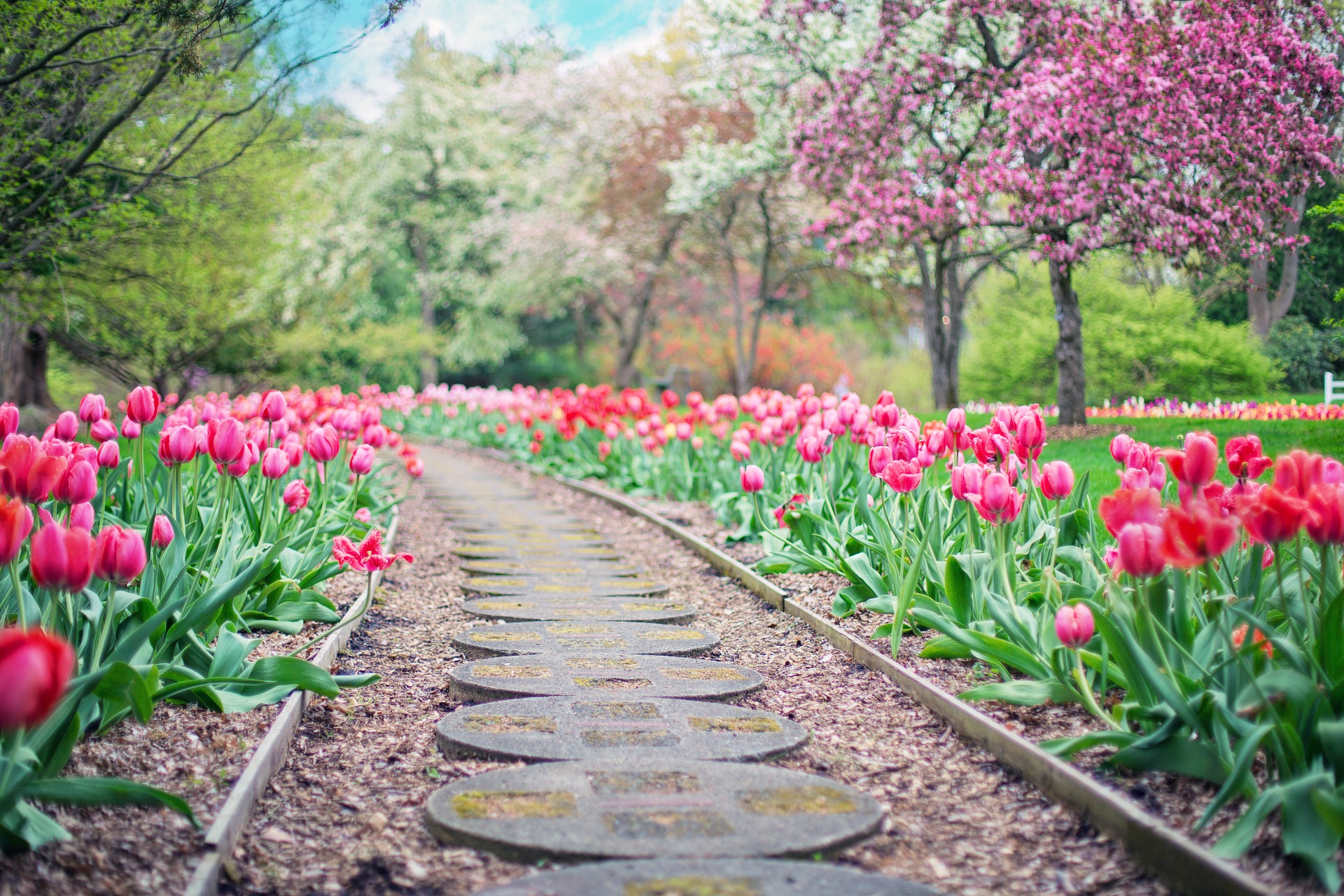Maximizing Your Rural Landscaping


If you live on a small acreage, chances are that you want to maximize every inch of space you have. There are several strategies you can implement to get the most out of your landscaping and gardening, including flowers, herbs, and even vegetables and fruits in a garden.
Landscaping Around Your Home
Keep Pests Away
One way to boost the effectiveness of your landscaping is to select plants that keep mosquitoes away. Some examples of plants that mosquitoes run from are basil, catnip, garlic, lavender, lemongrass, lemon balm, lemon thyme, marigolds, and rosemary.
Don’t Forget Trees
Trees are another important piece of landscaping. Not only do they provide valuable oxygen—and in some cases, fruit to enjoy—but they can also provide a windbreak and shade, protecting your home from winter winds and helping to keep your home cool in the summer.
Herb Spirals
An herb spiral is an interesting and functional landscaping technique that allows you to grow your favorite or most useful herbs in an aesthetically pleasing way. You can even build a small pond at the base to add a relaxing water feature to the herb spiral. Buying specialty herbs at the store can be expensive, and some perennial herbs can quickly take over valuable garden space. Herb spirals help keep your herbal plants healthier than they might otherwise be. They also help maximize water efficiency, which is particularly important if you live in a region with strict water restrictions. If you want to use irrigation with your herb spiral, a drip irrigation system is easy to install and improves water efficiency.
An herb spiral is a space-efficient, multi-level herb garden that optimizes growing conditions for a variety of species. It starts at ground level and gradually reaches a high point in the bed’s center. This creates a range of microclimates that offer plants small yet significant differences in temperature, exposure, and moisture level. Typically, the top part of the herb spiral has the best drainage and full sun exposure, while lower levels stay shadier and moister. Herb spirals also create ideal habitats for lizards, spiders, and other creatures that eat pests that might be harmful to other plants.
How to Build an Herb Spiral
You can use either bricks or stones to build an herb spiral—whatever you have on hand—and you can make the spiral whatever size you like. A standard herb spiral tends to be about six feet in diameter.
Here are some suggestions for herbs to plant in the different layers of an herb spiral:
- Dry/sunny/top: Lavender, lemongrass, oregano, rosemary, sage
- Mid-level/south-facing: Basil, cilantro, dill, thyme, tomatoes
- Moist/partial light: Chamomile, chives, parsley
- Wet/shady/north-facing: Catnip, comfrey, lemon balm, mint
Maximizing Your Garden Space
Companion Planting
Companion planting is an easy and effective method for getting the most out of your vegetable and herb garden space. It is a relatively simple concept: some plants and plant families are friendlier with others and grow better when together or in close proximity.
Many people love growing tomatoes, but be sure to keep tomato plants away from any member of the cucurbit family, which includes cucumbers, gourds, watermelons, and musk melons. Growing tomatoes near carrots, basil, dill and parsnips will actually make each type of plant grow more vigorously. These plants also attract praying mantises, ladybugs, and spiders, which are predator species that eat bugs that like to ruin tomatoes.
Useful Flowers in the Vegetable Garden
You may have heard about growing certain flowers around your vegetable plants, such as marigolds and nasturtiums. These flowers attract and feed pollinator insects, which increase the productivity of squashes, peas, cucumbers, tomatoes, and other veggies. Nasturtiums are also edible flowers, and their nutritious roots, called mashua, used to be a staple crop in South America.
Avoid These Pairings
Another great example of two plants not to put next to each other are peppers and beans. Potatoes and tomatoes also do not do well when forced to share root space, as both are members of the nightshade family. Peas prefer being away from onions, and lettuces do not like to be near broccoli. You can reference an Old Farmer’s Almanac to find a list of friends and foes in the vegetable garden.
Potato Planting Tips
Planting potatoes that have already sprouted versus those in a dormant state yield heavier crops. Allow a few potatoes to stay in a location that is safe from freezing temperatures until shoots have emerged from the eyes. Leave only a few of the large shoots and rub off the smaller shoots to ensure your crop only has a minimum of smaller potatoes.
Functional Treats
Strawberry beds are beautiful and useful landscaping additions. Within a month or two, new plants can be removed and planted elsewhere. Not only do they provide a source of delicious, healthy fresh or frozen fruit, but you can also use strawberries for making desserts or preserves. Rhubarb is another culinary plant that adds to your landscaping around a small acreage. Rhubarb can be left in the same shady spot for multiple years. It can even be divided and replanted.
For more information on sustainable living topics, subscribe to AcreageLife today.
Tags:Garden & Landscape

Acreage Life is part of the Catalyst Communications Network publication family.
















